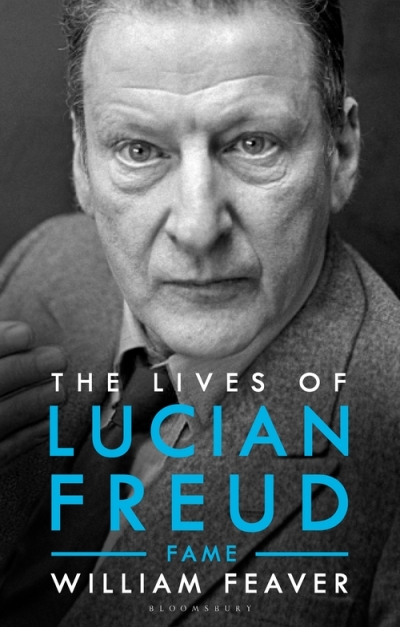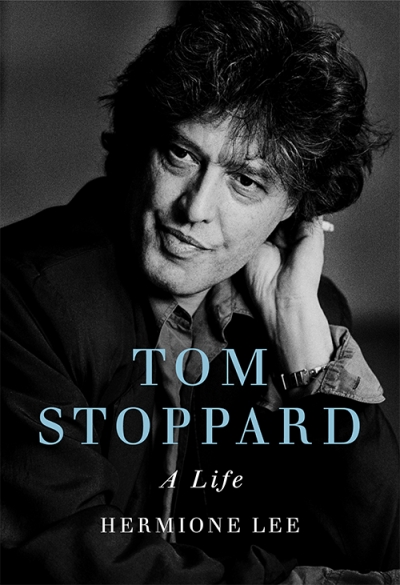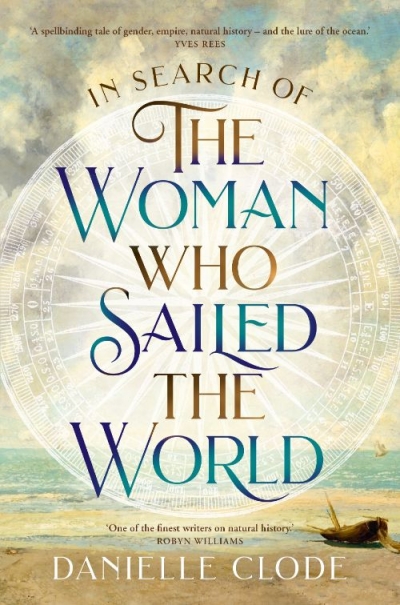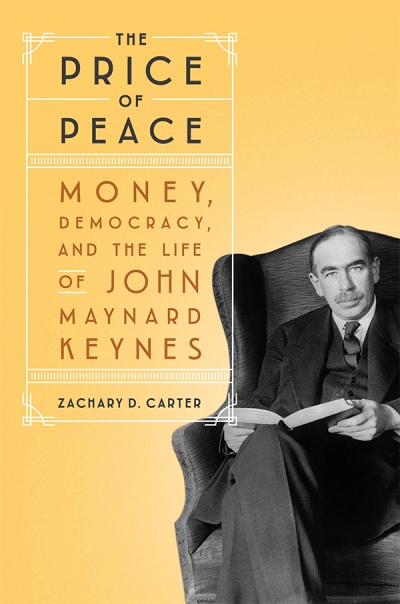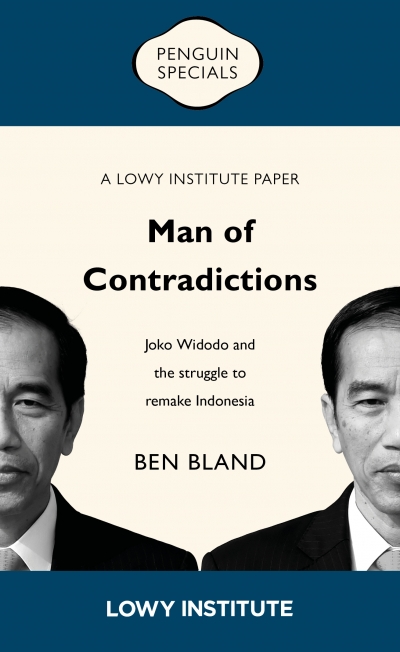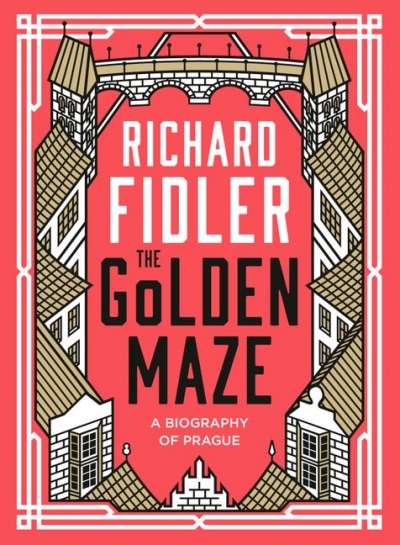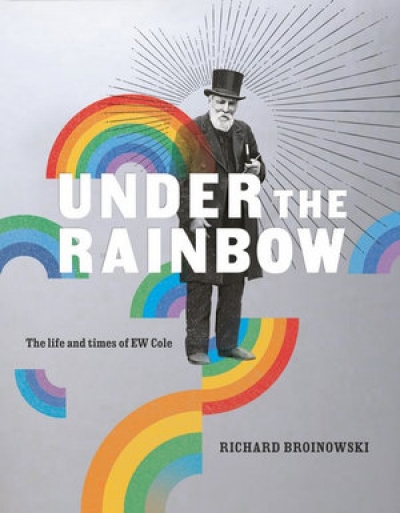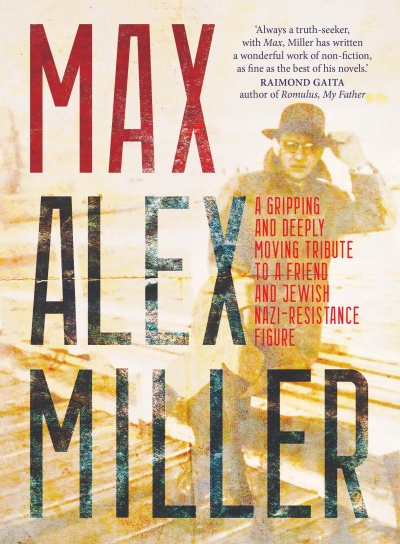Biography
The Lives of Lucian Freud: Fame, 1968–2011 by William Feaver
by Ian Dickson •
In Search of the Woman Who Sailed the World by Danielle Clode
by Gemma Betros •
The SS Officer’s Armchair: In search of a hidden life by Daniel Lee
by Robert Dessaix •
The Price of Peace: Money, democracy and the life of John Maynard Keynes by Zachary D. Carter
by John Tang •
The Power Broker: Mark Leibler, an Australian Jewish life by Michael Gawenda
by David Trigger •
The Golden Maze: A biography of Prague by Richard Fidler
by Christopher Menz •
Under the Rainbow: The life and times of E.W. Cole by Richard Broinowski
by Jim Davidson •

